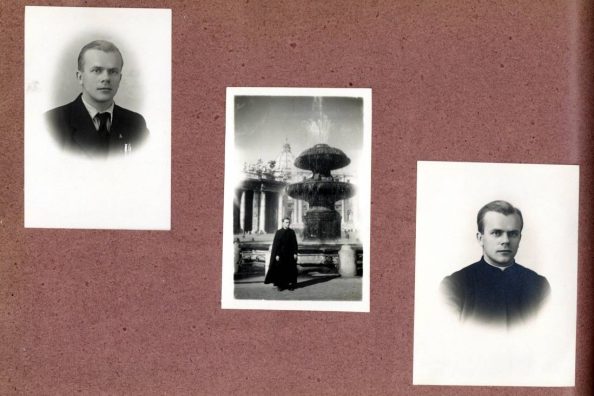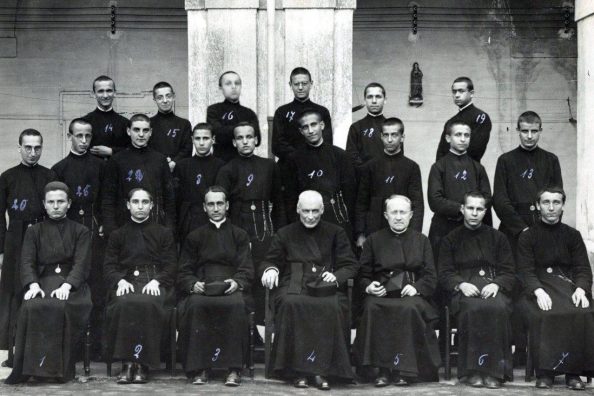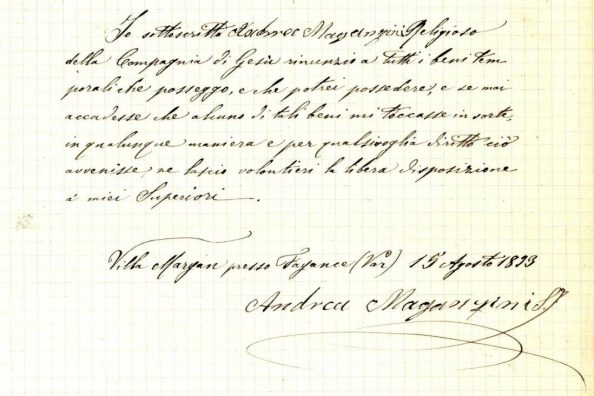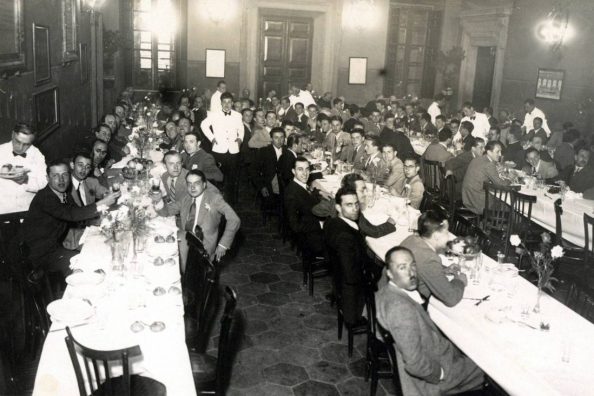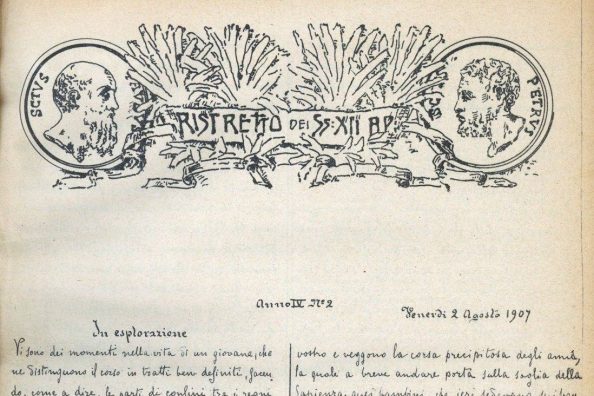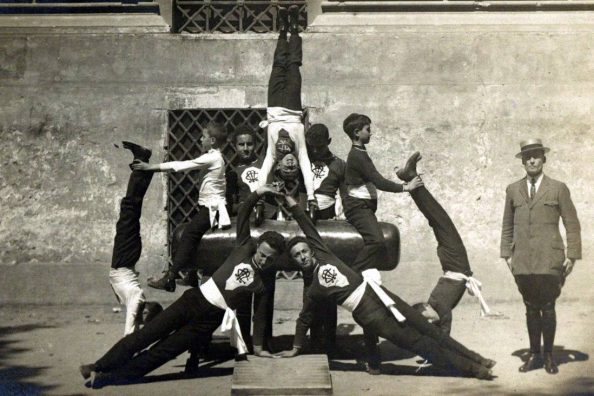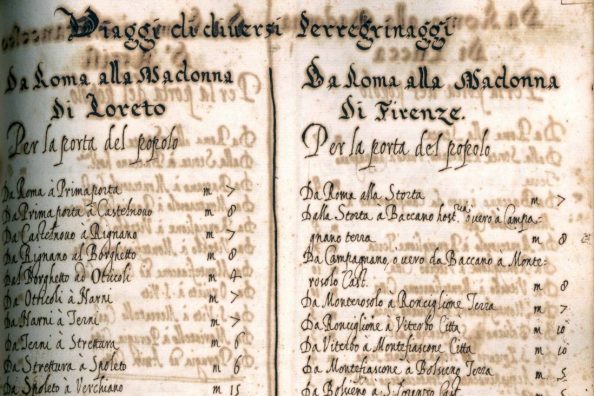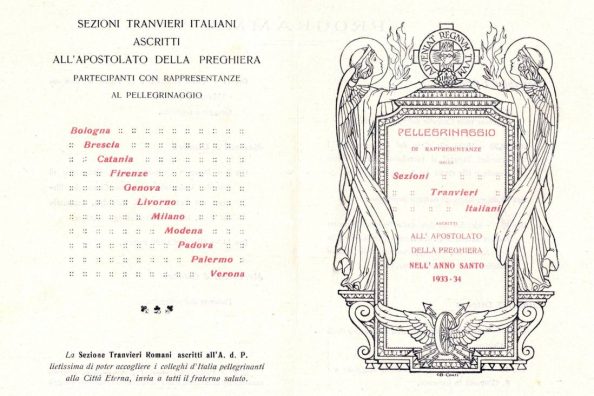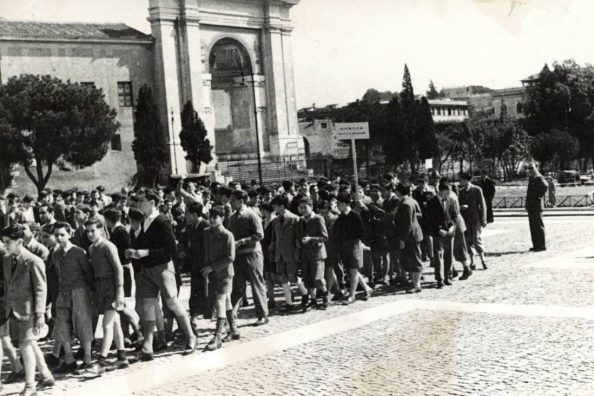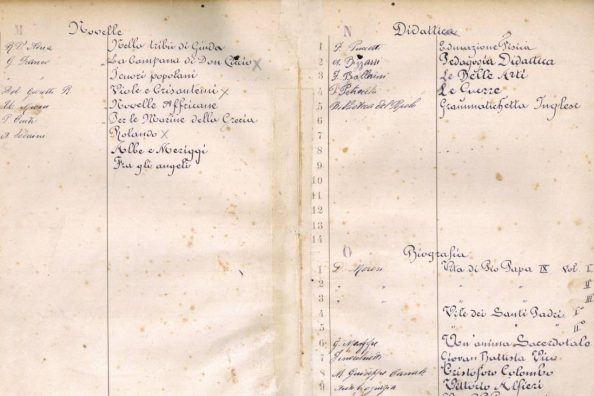The Stages of Jesuit Formation
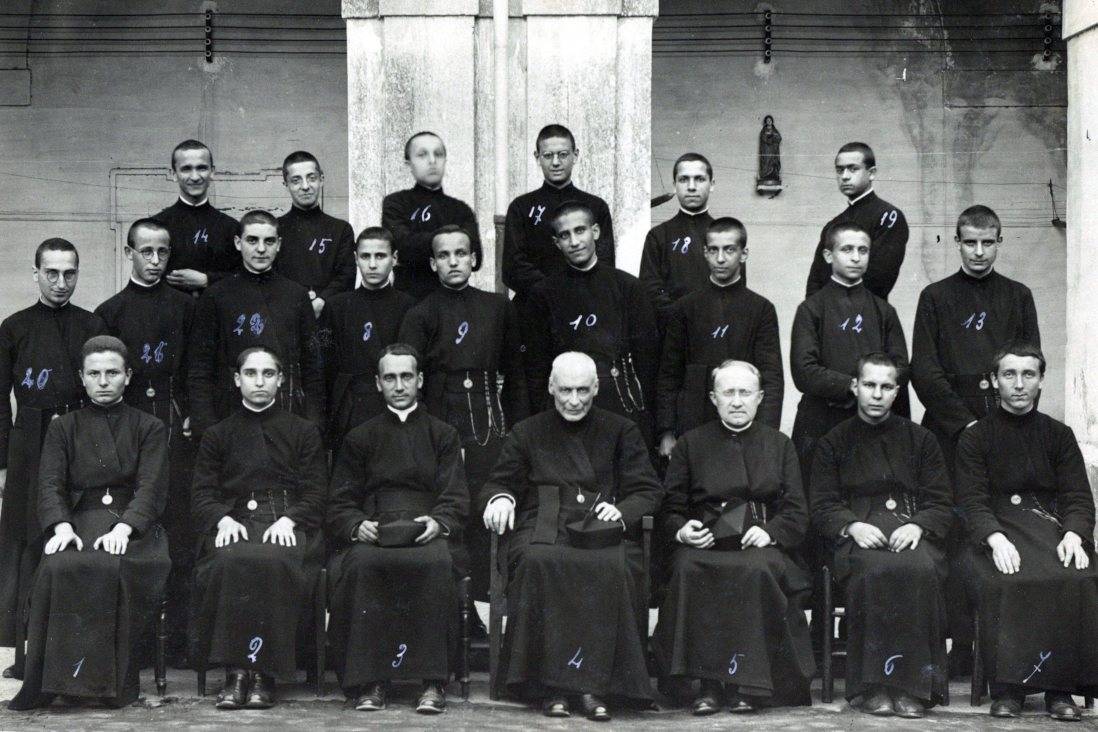
How long does it take to become a Jesuit? What are the various stages of this journey? Today, we aim to answer these questions by outlining the full formation process of a Jesuit. This information is particularly useful for researchers—not only for those writing theses who are encountering the Society of Jesus for the first time. Scholars frequently draw upon our sources to investigate various topics, many of which are not exclusively related to the Order, and they often find themselves needing to understand terms such as “Tertianship” or “regency”, or whether philosophical studies precede theological ones.
Novitiate
Until the mid-20th century, one could join the Society of Jesus at the age of fifteen, typically after attending an apostolic school. In such cases, entry into the novitiate was often facilitated by a recommendation from the school’s rector—usually a Jesuit himself. Today, prospective novices are adults, with an average age between 27 and 30. Some may already have prior experience in religious life, having previously studied in seminaries or belonged to other religious orders.
Before beginning their lengthy formation, candidates meet with several Jesuits who help them discern their vocation and motivations for joining the Society of Jesus. Typically, these are four separate interviews. The candidate then writes a formal letter to the Provincial requesting admission to the Society. The Provincial, after reviewing the reports from the Jesuits who conducted the interviews, decides whether to admit the candidate to the novitiate. A novice may enter as: Scholastic novice (aspiring to the priesthood), Brother novice (wishing to live as a Jesuit without ordination), or Indifferent novice (delaying the decision on whether to become a priest or brother, to be discerned during the novitiate).
In the past, novices would begin with a transitional period—usually one to two weeks—in a designated area known as “the apartment”, which served as a buffer before the novitiate proper. This allowed time for individuals to confirm their commitment before fully entering religious life.
The novitiate lasts two years. In earlier times, novices studied Latin and Greek; today, in the EUM Province (covering Europe and the Mediterranean), the curriculum includes Greek and Spanish, and for some, Italian. Unlike in the past, when each province had its own novitiate, many novitiates today welcome candidates from multiple regions. For example, the novitiate in Genoa hosts novices from Italy, Malta, Slovenia, Hungary, and Romania.
The novitiate is structured around six major “experiments” described in the Constitutions of the Society of Jesus. The most pivotal of these is the thirty-day Spiritual Exercises, undertaken about three months after entry. Novices also spend a month working in a hospital—typically at the Cottolengo in Turin—and undertake a pilgrimage following St Ignatius’s rules: travelling without money and relying solely on the charity of those they meet while journeying to a sanctuary in northern Italy. Throughout the novitiate, Jesuits learn about St Ignatius not only through study but by embodying his way of life in daily service and labour. They study the Autobiography and Spiritual Diary of St Ignatius, the Formula of the Institute, the Constitutions, recent General Congregations, and selected letters of the Founder. Daily examen (consciousness examination) fosters both spiritual and apostolic discernment.
At the end of the two years, novices pronounce their First Vows in a solemn ceremony attended by the Provincial, family, and friends. They take vows of chastity, poverty, and obedience, and commit to live and die in the Society.
We extend our thanks to Fr Iosif Șandoru, Master of Novices in Genoa, and to the Socius Fr Paul Pace for sharing invaluable insights into today’s novitiate formation.
Philosophy
For those pursuing priesthood, the next phase after the novitiate is a period of philosophical study. Previously conducted within one’s own province, this is now often undertaken abroad, in international scholasticates. The EUM Province has a scholasticate in San Saba, which hosts Jesuits from Italy, Spain, and Portugal. International placements are common, allowing Jesuits to learn new languages and engage with members from other provinces. Jesuits at this stage are referred to as scholastics. While studies remain the primary focus, they also begin assuming minor responsibilities—teaching catechism, assisting parish priests, or engaging in apostolic work. For Jesuit brothers, the academic trajectory differs. They do not follow the standard philosophy or theology cycles; instead, their path is tailored according to prior experience and the needs of the Society. Historically, brothers contributed as artisans—carpenters, tailors, cooks. Today, they may serve as accountants or professionals. Some pursue targeted courses or qualifications necessary for their apostolic roles.
Regency
Between the philosophical and theological stages lies a period of practical experience known as the regency. This is often the first exposure to direct apostolic work, providing a foretaste of future ministries. Historically, this stage involved assignments in schools as prefects, teachers, or spiritual assistants—hence the term “maestro” often found in archival records. For instance, when tracing the life of a Jesuit like Fr Valle, one will see this designation during his years in education. During this phase, some Jesuits may also pursue university degrees. The regency typically lasts two to four years and may occasionally be interspersed with theological studies.
Theology
Jesuits then return to the scholasticate for theological studies, usually at a Pontifical University such as the Gregorian, or at other ecclesiastical institutions abroad. Ordination to the priesthood generally takes place during this time, after consultation with fellow Jesuits and review by the Provincial’s council. The Provincial holds the final decision. Candidates who entered the Society already ordained follow a shorter academic path, having previously studied both philosophy and theology in seminary. Even during this period, Jesuits undertake assignments preparing them for future missions. Depending on individual aptitude and the needs of the Society, they may also pursue advanced degrees, such as Masters or Doctorates.
Upon completing theology, the Jesuit receives his first official assignment and begins his apostolic work. The Provincial, guided by the mission of the Province and informed by evaluations from vocation directors and superiors, discerns the most appropriate placement.
Tertianship
After several years, the Jesuit is assigned to Tertianship, the final formation stage before professing Final Vows. Also called the “Third Year”, it serves as a renewed period of discernment and integration. In the Roman Province, this phase was traditionally undertaken in Florence. Today, Jesuits from the EUM Province typically complete their Tertianship abroad. For six to eight months, they live in community under the guidance of a seasoned Jesuit, alongside peers from other parts of the Society. During this period, they repeat the full Spiritual Exercises, and revisit the foundational texts of the Society, including the writings of St Ignatius and the latest General Congregations—this time with the insight gained from years of religious life. The Tertianship also includes a pastoral assignment, often in marginalised or impoverished contexts, and distinct from prior ministries.
Final Vows
Following Tertianship, Jesuits continue their apostolic work until the Provincial, in consultation with his council, recommends them to the Superior General for admission to Final Vows. The Superior General decides whether to admit the Jesuit, based on input from the Provincial and the written assessments of three or four Jesuits familiar with the candidate’s life and ministry. The Final Vows mark the definitive incorporation into the Society. In a solemn celebration attended by family, confreres, and the Provincial, the Jesuit pronounces his vows and signs the official documents confirming his permanent commitment.
Every stage of Jesuit life—from the initial application to the novitiate through to final incorporation—passes through the Provincial’s council. Those who have walked alongside the candidate, sharing in his life and mission, inform decisions.
A Long Formation
How much time passes from the novice’s first day to the taking of Final Vows? The answer depends on whether the individual is a brother or a priest—and if already ordained at the time of entry. Historically, the process has taken between sixteen and twenty years, and this timeframe remains largely unchanged. Jesuit formation is intentionally extensive, which is one reason there is an age limit for entry into the novitiate.
It is important to note that any Jesuit can choose to leave the Society.
If a novice leaves before taking First Vows, the process is relatively straightforward. However, departure after Final Vows, particularly if it involves renouncing the clerical state, is more complex and requires involvement from the Holy See and the Pope.
Maria Macchi

